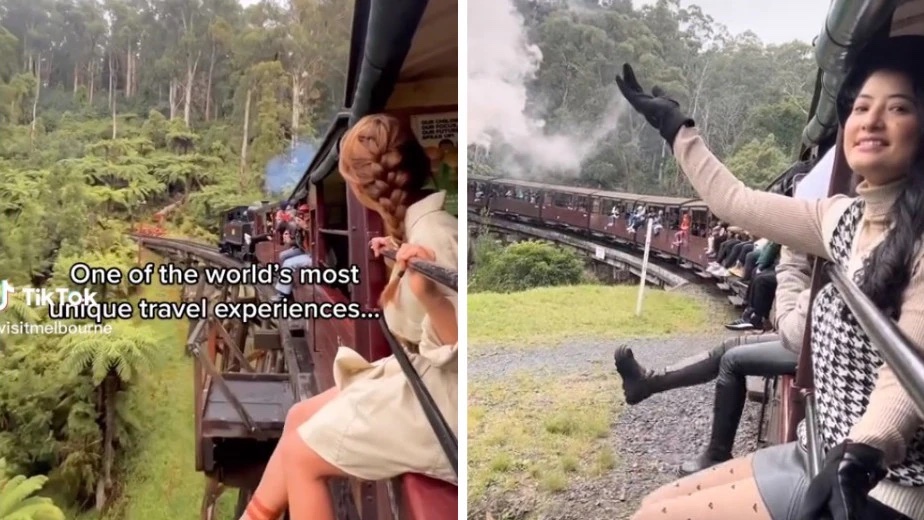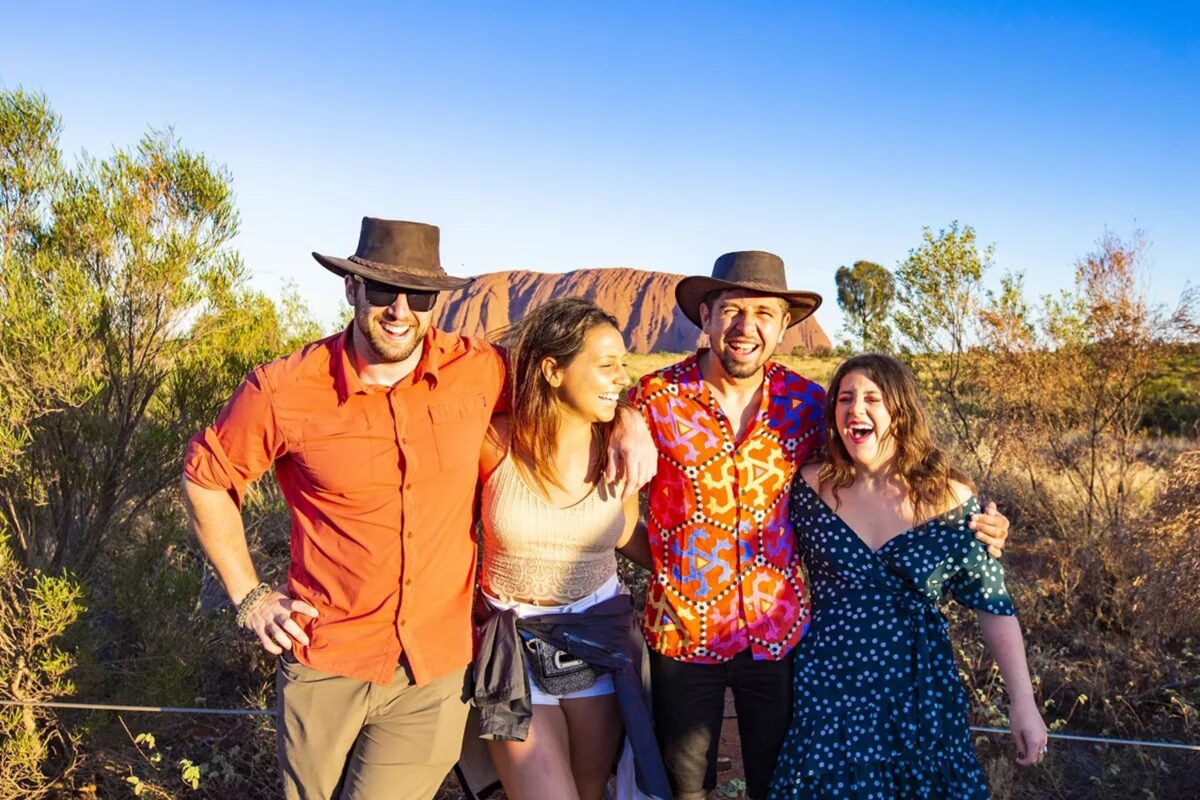Millennials are turning forty and Gen-Zs are old enough to travel without parental handholding. As they represent an increasingly sizeable chunk of the travel industry today and – more importantly – a fast-growing part of its future, a newly released report that details why these generations travel and what exactly they want could hold the key to revitalising Australia’s wailing travel industry…
Australia’s travel industry has seen better days, with inbound visitor numbers down a staggering 77% at the end of 2022 compared to the end of 2019. The primary reason for this is obvious: pandemic lockdowns not only made travel impossible for a couple of very unpleasant years, but they also made people a lot warier of planning big trips away now they know those trips could be taken away at the drop of a hat…
Alongside this are ever-changing consumer wants and needs. As millennials gracefully enter middle-age and Gen-Zs not only enter adulthood and start earning incomes that can be spent on indulging their wanderlust, its the first time they’ve been able to do so since the COVID lockdowns began over three years ago.
This means that what travellers are willing to spend their time and money on is set to change, and knowing which areas are set to grow in coming years could be key to saving a struggling industry. This is where the newly released 2023 Global Travel Trends Report from American Express comes into play…
According to the report, millennials and Gen-Zs both prioritise experiences over material possessions, with travel being one such top-priority experience. As homes become harder to buy and global job markets become increasingly precarious, it makes intuitive sense that younger generations would want to put what little money have into memorable experiences.
But what exactly are they looking for when they travel, given that the urge to travel is relatively ubiquitous across generational divides? There’s been a huge shift in focus from traditional vacations to experiences that prioritise mental health and relaxation.

Younger travellers are seeking trips that allow them to escape the stresses of everyday life and focus on personal wellness. This can be seen in the rising popularity of hotels with spas and wellness services, which are preferred by 60% of millennials and Gen-Zs, compared to only 43% of older generations.
Further data supports this: according to the Global Wellness Institute’s 2020 Global Wellness Tourism Economy Report, the wellness tourism industry in Australia was valued at US $5.3 billion, making it the fifth-largest wellness tourism market in the Asia-Pacific region, after China, Japan, India, and South Korea.
In addition, a report by Tourism Australia found that wellness tourism is one of the fastest-growing segments of the country’s tourism industry. The report stated that in 2019, 60% of international visitors to Australia participated in at least one wellness activity during their trip, with the most popular activities being outdoor activities, spa treatments, and yoga or meditation.
However, it’s not just about relaxation: Younger travellers are also looking for sustainable travel options, with 82% of Gen-Z and millennial travellers attracted to vacations with minimal impact on the environment. This means that travel providers need to prioritise eco-friendly options, such as sustainable hotels and tours that promote responsible tourism.
Another hugely important factor to consider is the influence of social media on younger travellers. Platforms like Instagram and TikTok have made it easier than ever for travellers to discover new destinations and experiences, and travel providers need to adapt accordingly. This means creating Instagram-worthy destinations and experiences that will inspire younger travellers to book their next trip.

In particular, Gen-Z travellers are keen to travel to filming locations of their favourite TV shows and movies, hoping to capture content for their own socials. Historic examples of this phenomenon in Australia include visits to the Great Barrier Reef rocketing after the release of Finding Nemo, as well as locations used in the Mad Max movies, the Lord of the Rings trilogy, and the TV show Game of Thrones.
But it’s not just about the destination – younger travellers are also seeking out authentic experiences. Audrey Hendley, president of American Express Travel, explains: “From eating local foods and engaging in self-care, to shopping at local businesses and visiting the locations of favourite TV shows and movies, personal passions are having a major impact on trip planning”.
Overall, Australia may have one of the steepest hills to climb in terms of getting visitor numbers back up to pre-pandemic levels, but it also feels perfectly poised to make this transition: with wellness already a core part of the country’s culture and a political landscape dedicated to making the nation more sustainable, it could be an easier and more profitable transition for Aussie businesses than many others.
Failing that, we’ll just have to hope that Home and Away really drives some numbers this year…
